![]()
This page is also available in French
![]()
The excursions mentioned in this page and in that on Nisida were carried out by Berlioz in relation to his stay in Naples between 1 and 14 October 1831. It is significant that his first excursion outside Naples took Berlioz to visit the places associated with the Roman poet Virgil, who had such an influence on his whole life, from his childhood experiences at La Côte Saint-André to the composition of his great opera Les Troyens in his maturity.
Posilippo Cave (also known as ‘grotta vecchia’), is located in the Piedigrotta district not far from Naples. The tomb known as ‘Virgil’s tomb’ is found at its entrance. On one of his excursions to Mount Posilippo Berlioz went to the Posilippo Cave; he wrote about it to his family back at La Côte-Saint-André (CG no. 244, 2-8 October 1831):
I arrived yesterday evening in Naples, and today I am writing from mount Posilippo on Virgil’s tomb. It is the first sight I am visiting. An old woman led me to the owner of the vineyard in the middle of which the ancient tomb is placed, and here I am. While eating golden grapes I cast my eyes on the gentle movement of the sea; through the enveloping mists I can make out the island of Capreae where I will be going presently; and I recall dreamily the first poetic impressions that I owed in my childhood to the author of the Aeneid. I have made an extremely interesting trip, seeing the ruins of the famous Capua which spelt disaster to Hannibal’s troops. I climbed to the top of Monte Cassino and admired there the famous Benedictine convent. This building is greater than the Chartreuse mountain and more lavishly decorated than any other religious monument. […]
The letter then relates his excursion to the island of Nisida, after which he ascended Mount Posilippo to witness the sunset:
[…] Having reached the top [of Mount Posilippo] I experienced as I contemplated the sun setting behind Cape Misenum one of those emotions that nothing can convey. This unutterable scene, its overwhelming sublimity, the murmur of the sea below me, the sight of my charming island [Nisida], its graceful name, all plunged me into a whirl of memories that were intensified by my isolation. […] Oh the power of genius!… Across so many centuries, the sight of the places sung by the Latin poet, a fortuitous similarity between the name of an island and that of the heroin of Cervantes, caused me to dissolve in a flood of tears. […]
Years later Berlioz still remembered the experience vividly. In a letter to Mme d’Agoult he writes (CG no. 500, 15 June 1837):
[…] When you get to Naples, when Liszt feels the need for one of those great emotions in pursuit of which we have both exerted ourselves so much and which Italian art will never provide, let him climb one evening to the top of Mount Posilippo and from the top of this hill dear to Virgil, let him listen to the infinite arpeggios of the sea, while that sumptuous sun, so different from ours, sinks slowly behind Cape Misenum, colouring with its last rays the pale olive-trees of Nisida… now there is a concert worthy of you and him, and the only one I recommend to you. […]
![]()
Unless otherwise specified, all the pictures reproduced on this page have been scanned from engravings, postcards and books in our collection. © Monir Tayeb and Michel Austin. All rights of reproduction reserved.
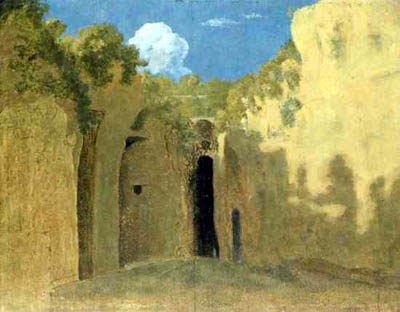
This painting entitled ‘The Grotto of Posilippo’ and dated 1782 is by Thomas Jones (1742-1803). It is in the Gere Collection, on long-term loan to the National Gallery, London.
The original copy of the following 2 engravings have been donated by us to the Hector Berlioz Museum and they hold the copyright for them.
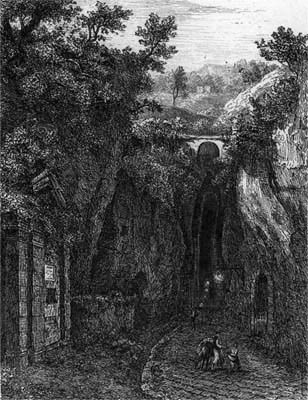
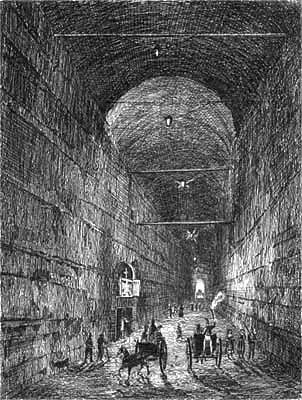
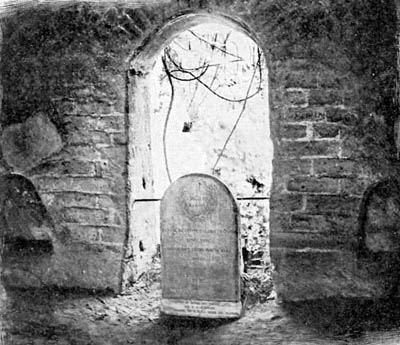
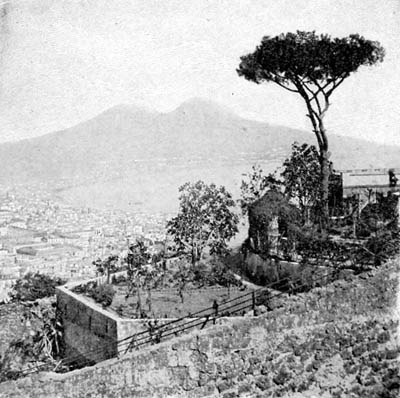
The above two photos have been scanned from John L. Stoddards Lectures, Volume V – Paris La Belle France and Spain, by John L. Stoddard (Balch Brothers, 1898).
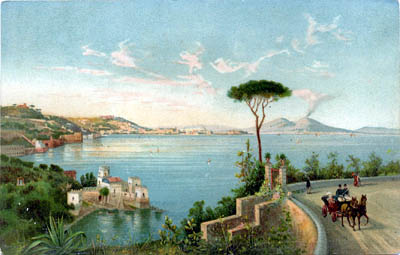

![]()
© (unless otherwise stated) Michel Austin and Monir Tayeb for all the pictures and information on this page.
Copyright notice: The texts, photos, images and musical scores on all pages of this site are covered by UK Law and International Law. All rights of publication or reproduction of this material in any form, including Web page use, are reserved. Their use without our explicit permission is illegal.